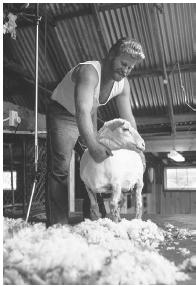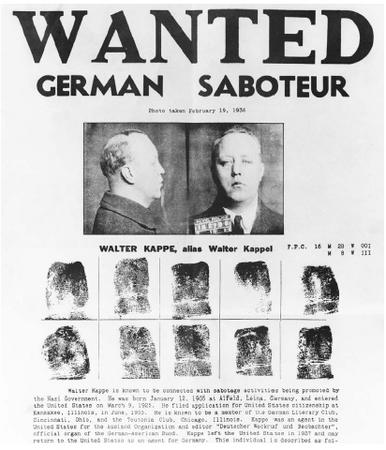Proteins - How it works
The Complexities of Biochemistry
Protein is a foundational material in the structure of most living things, and as such it is rather like concrete or steel. Just as concrete is a mixture of other ingredients and steel is an alloy of iron and carbon, proteins, too, are made of something more basic: amino acids. These are organic compounds made of carbon, hydrogen, oxygen, nitrogen, and (in some cases) sulfur bonded in characteristic formations.
Amino acids are discussed in more depth within the essay devoted to that topic, though, as noted in that essay, it is impossible to treat such a subject thoroughly without going into an extraordinarily lengthy and technical discussion. Such is the case with many topics in biochemistry, the area of the biological sciences concerned with the chemical substances and processes in organisms: the deeper within the structure of things one goes, and the smaller the items under investigation, the more complex are the properties and interactions.
The Basics
Amino acids react with each other to form a bond, called a peptide linkage, between the carboxyl group of one amino acid (symbolized as-COOH) and the amino group (-NH 2 ) of a second amino acid. In this way they can make large, chainlike molecules called polymers, which may contain as few as two or as many as 3,000 amino-acid units. If there are more than 10 units in a chain, the chain is called a polypeptide, while a chain with 50 or more amino-acid units is known as a protein.
All the millions of different proteins in living things are formed by the bonding of only 20 amino acids into long polymer chains. Because each amino acid can be used many times along the chain, and because there are no restrictions on the length of the chain, the number of possible combinations for the creation of proteins is truly enormous: about two quadrillion, or 2,000,000,000,000,000. Just as not all sequences of letters make sense, however, not all sequences of amino acids produce functioning proteins. In fact, the number of proteins that have significance in the functioning of nature is closer to about 100,000. This number is considerably smaller than two quadrillion—about 1/2,000,000,000th of that larger number, in fact—but it is still a very large number.
COMPONENTS OTHER THAN AMINO ACIDS.
The specific properties of each kind of protein are largely dependent on the kind and sequence of the amino acids in it, yet many proteins include components other than amino acids. For example, some may have sugar molecules (sugars are discussed in the essay on Carbohydrates) chemically attached. Exactly which types of sugars are attached and where on the protein chain attachment occurs vary with the specific protein. Other proteins may have lipid, or fat, molecules chemically bonded to them. Sugar and lipid molecules always are added when synthesis of the protein's amino-acid chain is complete. Many other types of substance, including metals, also may be associated with proteins; for instance, hemoglobin, a pigment in red blood cells that is responsible for transporting oxygen to the tissues and removing carbon dioxide from them, is a protein that contains an iron atom.
STRUCTURES AND SYNTHESIS.
Protein structures generally are described at four levels: primary, secondary, tertiary, and quaternary. Primary structure is simply the two-dimensional linear sequence of amino acids in the peptide chain. Secondary and tertiary structures both refer to the three-dimensional shape into which a protein chain folds. The distinction between the two is partly historical: secondary structures are those that were first discerned by scientists of the 1950s, using the techniques and knowledge available then, whereas an awareness of tertiary structure emerged only later. Finally, quaternary structure indicates the way in which many protein chains associate with one another. For example, hemoglobin consists of four protein chains (spirals, actually) of two slightly different types, all attached to an iron atom.
Protein synthesis is the process whereby proteins are produced, or synthesized, in living things according to "directions" given by DNA (deoxyribonucleic acid) and carried out by RNA (ribonucleic acid) and other proteins. As suggested earlier, this is an extraordinarily complex

The steps involved in folding and the shape that finally results are determined by such chemical properties as hydrogen bonds, electrical attraction between positively and negatively charged side chains, and the interaction between polar and nonpolar molecules. Non Polar molecules are called hydrophobic, or "water-fearing," because they do not mix with water but instead mix with oils and other substances in which the electric charges are more or less evenly distributed on the molecule. Polar molecules, on the other hand, are termed hydrophilic, or "water-loving," and mix with water and water-based substances in which the opposing electric charges occupy separate sides, or ends, of the molecule. Typically, hydrophobic amino-acid side chains tend to be on the interior of a protein, while hydrophilic ones appear on the exterior.

Comment about this article, ask questions, or add new information about this topic: